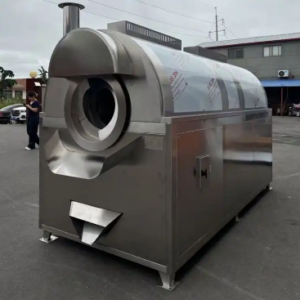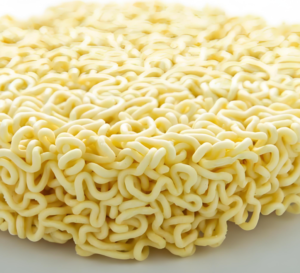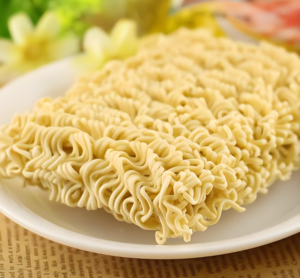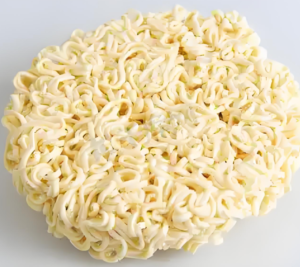puffed snack food making machine double screw extruder
ToggleDifferences Between Single-Screw and Twin-Screw Food Extruders
1. Introduction
Food extruders are essential in the production of puffed snacks, breakfast cereals, pet food, and textured protein products. The two main types—single-screw extruders (SSE) and twin-screw extruders (TSE)—differ in design, functionality, and application. This article compares their key differences.
2. Structural Differences
| Feature | Single-Screw Extruder (SSE) | Twin-Screw Extruder (TSE) |
|---|---|---|
| Screw Design | One rotating screw inside a barrel | Two intermeshing screws (co-rotating or counter-rotating) |
| Shear & Mixing | Limited mixing due to simple screw design | High shear and mixing efficiency due to screw interaction |
| Self-Cleaning | Poor (material may stick to screw) | Excellent (intermeshing screws prevent buildup) |
| Flexibility | Fixed screw configuration | Modular screws (segments can be adjusted) |
3. Performance Comparison
A. Processing Capability
- SSE:
- Best for simple formulations (e.g., corn puffs, basic snacks).
- Limited ability to handle high-moisture, sticky, or fibrous materials.
- Lower shear forces → less starch gelatinization.
- TSE:
- Handles complex recipes (protein blends, high-fiber, wet masses).
- Better homogenization of ingredients (e.g., vitamins, flavors).
- Adjustable shear for textured vegetable protein (TVP) or fiber-rich foods.
B. Control & Stability
- SSE:
- Less precise temperature/pressure control.
- Sensitive to ingredient variations (e.g., moisture changes).
- TSE:
- Independent control of heating/cooling zones.
- Stable operation even with variable raw materials.
C. Output & Efficiency
- SSE:
- Lower production capacity (suitable for small-scale operations).
- Energy-efficient for simple products.
- TSE:
- Higher throughput (ideal for large-scale, continuous production).
- More energy consumption but higher product consistency.
4. Applications
| Application | Single-Screw Extruder | Twin-Screw Extruder |
|---|---|---|
| Breakfast Cereals | ✔ (Basic corn flakes) | ✔ (Multigrain, fortified cereals) |
| Snack Foods | ✔ (Cheese balls, puffed rice) | ✔ (Protein chips, high-fiber snacks) |
| Pet Food | ✔ (Simple kibble) | ✔ (Premium, functional pet foods) |
| Textured Protein | ✖ (Limited capability) | ✔ (Meat analogs, TVP) |
| Aquafeed | ✔ (Floating pellets) | ✔ (Specialized nutrient-rich feed) |
5. Cost & Maintenance
| Factor | Single-Screw Extruder | Twin-Screw Extruder |
|---|---|---|
| Initial Cost | Lower (simpler design) | Higher (complex mechanics) |
| Maintenance | Easier & cheaper | More parts → higher upkeep |
| Lifespan | Shorter under heavy use | Longer with proper care |
6. Conclusion
- Choose a Single-Screw Extruder if:
- You need cost-effective, simple production of basic puffed snacks.
- Your raw materials are low-moisture and easy to process.
- Choose a Twin-Screw Extruder if:
- You require high flexibility, better mixing, and complex formulations.
- Your product needs precise texture control (e.g., meat substitutes).
Future Trends: Twin-screw extruders are becoming more popular due to demand for plant-based proteins and functional foods, while single-screw machines remain relevant for traditional snack production.
Keywords: Single-screw vs twin-screw extruder, food extrusion technology, snack manufacturing, textured vegetable protein (TVP), pet food extrusion.
Would you like additional details on specific applications or technical specifications?








